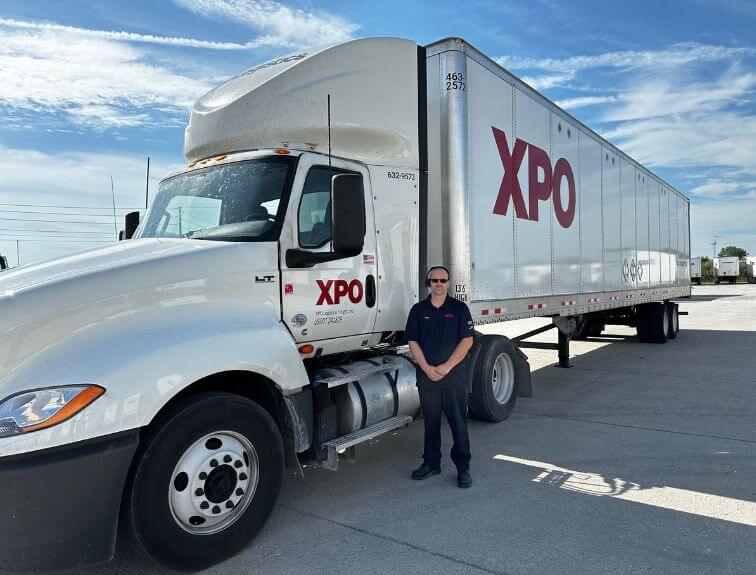Figuring out what driving style is best for you is an essential part of being a professional driver. While many may prefer driving at night, there are pros and cons to be considered of both daytime and nighttime driving. Understanding your carrier’s schedule, as well as the Federal Motor Carrier Safety Administration’s (FMCSA) guidelines, are among the things to be taken into consideration before making your decision.
Let’s take a look at some of the key differences between day and night driving:
Driving in the Daytime
Pros:
- While the sun is out, you’ll have greater visibility, being able to see any obstacles or other things that may obstruct your view while driving.
- Daytime hours are more common, so you don’t have to worry about businesses being open and available. You’ll also be able to communicate with people more easily during these times.
- You won’t have to adjust your sleep schedule!
Cons:
- While businesses are open and operating during these normal hours, it may be harder to find parking when it’s time to stop.
- Roads will likely be more crowded, causing you to wait in traffic for longer periods, causing travel time to increase.
Driving at Nighttime
Pros:
- Road construction is not typically active at night, and traffic is lighter, making delays less common.
- The height of the cab avoids the glare from the headlights on oncoming vehicles.
- Due to there being fewer distractions, night driving can be more relaxing.
Cons:
- You may experience decreased visibility at night, making it harder to see road signs and landmarks.
- Adjusting your sleep schedule can be difficult for some and may cause driver fatigue.
Depending on the carrier you work for, you may not have a choice in your schedule. For example, many food providers receive their deliveries at night. Along with this, the FMCSA’s guidelines dictate how long you’re allowed to drive between mandatory rest times, meaning you may need to adjust your rest times from trip to trip.
If you decide driving at night is for you, here are some tips to help make the transition a bit smoother:
- Nix the stimulants like coffee, sugary drinks, and spicy foods. These may wake you up for a short amount of time, but you’re likely to crash soon after.
- Be aware of your rest times and gradually start to adjust your sleeping schedule.
- Don’t make yourself too comfortable while driving. Keep yourself awake at night by decreasing the temperate and playing upbeat music.
Each driver and situation are different. Some people are naturally night owls, and others find it challenging to stay awake at night. The most important thing is to drive when you feel your best. Here at Napier, whether you prefer day driving or night driving, we’ll get you on the road to your CDL today.
Updated July 2023




